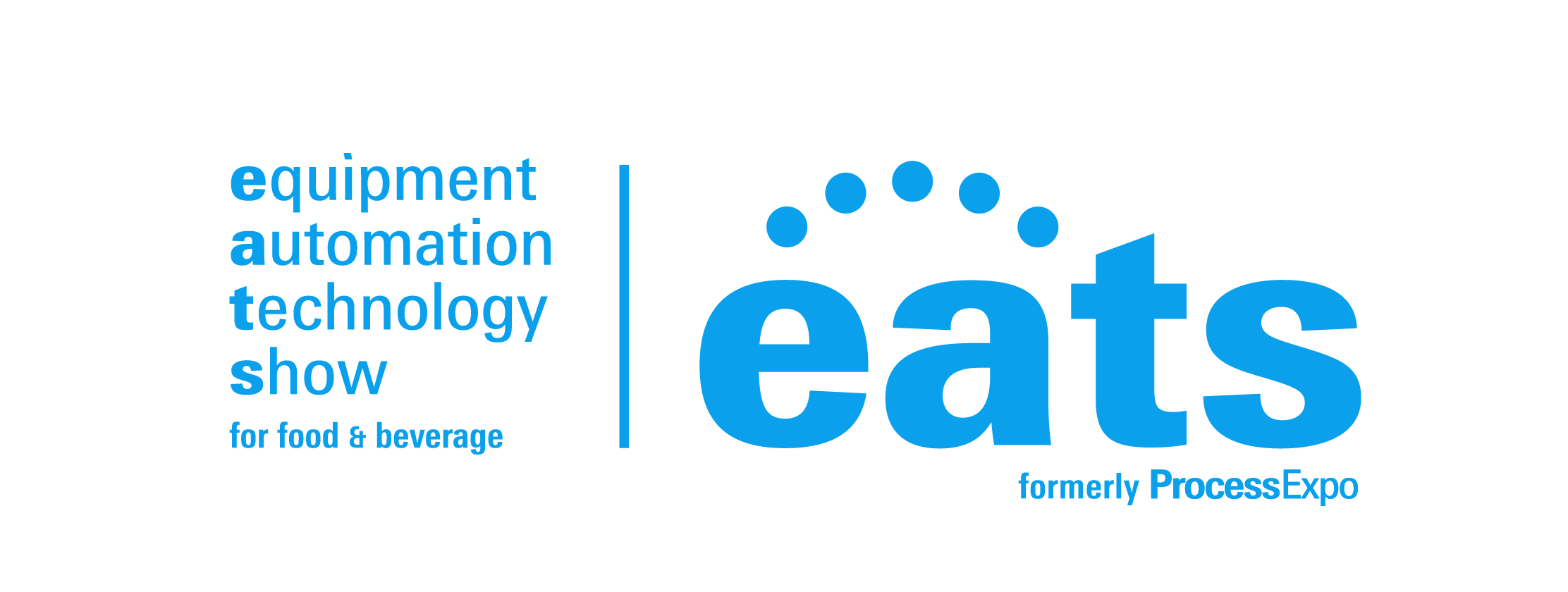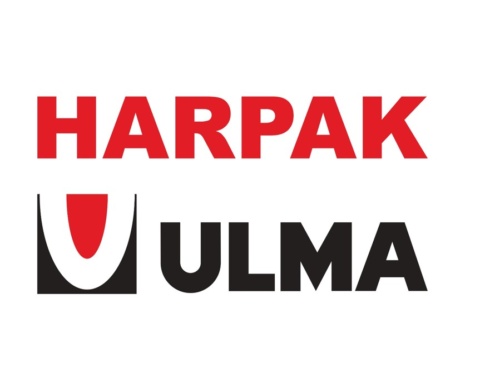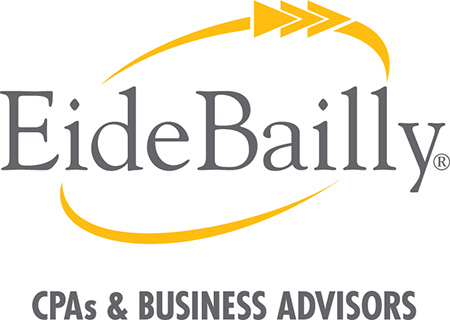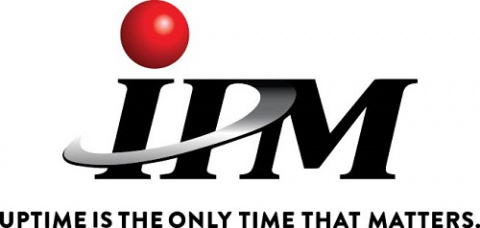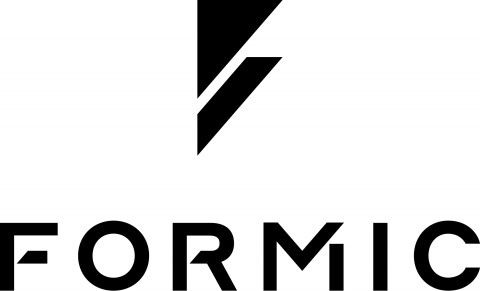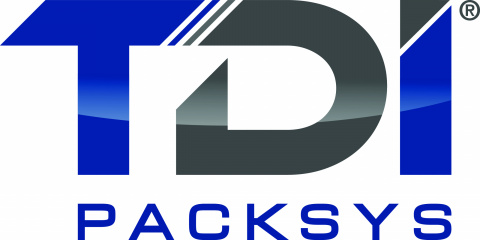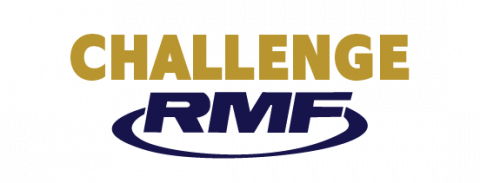(as of March 27, 2020)
The Coronavirus Aid, Relief, and Economic Security Act or the CARES Act, which was passed by the Senate and the House includes significant provisions that affect American citizens personally and professionally. Importantly, the CARES Act is a stimulus bill that releases over $330 billion of federal funding to help maintain and/or boost the economy by supporting American institutions, including national businesses, large and small.
Highlights of the package include:
TAX PROVISIONS FOR BUSINESSES
- Provides a refundable payroll tax credit for 50 percent of wages paid by employers to employees during the COVID-19 crisis. The credit is available to employers whose 1) operations were fully or partially suspended, due to a COVID-19-related shutdown order, or 2) gross receipts declined by more than 50 percent when compared to the same quarter in the prior year.
The credit is based on qualified wages paid to the employee. For employers with greater than 100 full-time employees, qualified wages are wages paid to employees when they are not providing services due to the COVID-19-related circumstances described above. For eligible employers with 100 or fewer full-time employees, all employee wages qualify for the credit, whether the employer is open for business or subject to a shut-down order. The credit is provided for the first $10,000 of compensation, including health benefits, paid to an eligible employee. The credit is provided for wages paid or incurred from March 13, 2020 through Dec. 31, 2020. - Allows employers and self-employed individuals to defer payment of the employer share of the Social Security tax they otherwise are responsible for paying to the federal government with respect to their employees. Employers generally are responsible for paying a 6.2-percent Social Security tax on employee wages. The provision requires that the deferred employment tax be paid over the following two years, with half of the amount required to be paid by Dec. 31, 2021 and the other half by Dec. 31, 2022. The Social Security Trust Funds will be held harmless under this provision.
- Provides that a net operating loss (NOL), arising in a tax year beginning in 2018, 2019, or 2020 can be carried back five years. The provision also temporarily removes the taxable income limitation to allow an NOL to fully offset income. These changes will allow companies to utilize losses and amend prior year returns, which will provide critical cash flow and liquidity during the COVID-19 emergency.
- Modifies the loss limitation applicable to pass-through businesses and sole proprietors, so they can utilize excess business losses and access critical cash flow to maintain operations and payroll for their employees.
- Temporarily increases the amount of interest expense businesses are allowed to deduct on their tax returns, by increasing the 30-percent limitation to 50 percent of taxable income (with adjustments) for 2019 and 2020. As businesses look to weather the storm of the current crisis, this provision will allow them to increase liquidity with a reduced cost of capital, so that they are able to continue operations and keep employees on payroll.
Unemployment Benefits
- Creates a temporary program through Dec. 31, 2020, to provide payment to those not traditionally eligible for unemployment benefits (self-employed, independent contractors, those with limited work history, and others) who are unable to work as a direct result of the coronavirus public health emergency.
- Provides an additional $600 per week payment to each recipient of unemployment insurance or Pandemic Unemployment Assistance for up to four months.
- Provides funding to pay the cost of the first week of unemployment benefits through Dec. 31, 2020, for states that choose to pay recipients as soon as they become unemployed instead of waiting one week before the individual is eligible to receive benefits.
- Provides an additional 13 weeks of unemployment benefits through Dec. 31, 2020, to help those who remain unemployed after weeks of state unemployment benefits are no longer available.
- Pays 100 percent of employer’s costs of providing short-time compensation through Dec. 31, 2020, where employers reduce employee hours instead of laying off workers and the employees with reduced hours receive a pro-rated unemployment benefit. Pays for 50 percent of the costs that a state incurs in providing short-time compensation through Dec. 31, 2020.
PROVISIONS IMPACTING EMPLOYMENT AND LABOR LAWS
One of the largest components of the CARES Act is the Coronavirus Economic Stabilization Act of 2020, which provides for $500 billion in loans, loan guarantees and investments. A portion of this money is reserved for employers with between 500 and 10,000 employees. However, there are a number of employment obligations, including that:
- The money will be used to retain at least 90 percent of the recipient’s workforce, at full compensation and benefits, until Sept. 30, 2020
- The recipient intends to restore not less than 90 percent of the workforce of the recipient that existed as of Feb. 1, 2020, and to restore all compensation and benefits to the workers of the recipient no later than 4 months after the termination date of the public health emergency;
- The recipient will not outsource or offshore jobs for the term of the loan and 2 years after completing repayment of the loan
- The recipient will not abrogate existing collective bargaining agreements for the term of the loan and two years after completing repayment of the loan
- That the recipient will remain neutral in any union organizing effort for the term of the loan
Confirmation of Families First Leaves Caps
The CARES Act confirms the limitations under the new Families First Coronavirus Response Act. The caps are $200 per day and $10,000 in the aggregate for each employee under the Emergency Paid Family Leave, and $200 per day under the Paid Sick Leave provisions, $2,000 in the aggregate to care for a quarantined individual or child for each employee under this section or $511 per day and $5,110 in the aggregate for the employee’s own absence due to coronavirus quarantine or isolation order or medical direction or for testing.
Unemployment Insurance
The bill has a variety of unemployment insurance provisions that are designed to speed assistance to employees, cover the costs for the states and provide enhanced benefits.
The most notable and most controversial is a flat $600 per week Pandemic Unemployment Assistance above and beyond the benefit the employee would otherwise receive from the states. This benefit is available for four months and is not tied to any particular wage level, leaving the possibility that workers could receive more in unemployment benefits than they would for returning to work.
The unemployment assistance is also available to workers not usually covered by unemployment insurance who are out of work as a result of the coronavirus pandemic. These workers include the self-employed, independent contractors and workers with limited work history.
The bill also extends the duration of traditional unemployment insurance by 13 weeks. The one-week waiting period is also suspended under CARES.
TAX PROVISIONS FOR INDIVIDUALS
- All U.S. residents with adjusted gross income up to $75,000 ($150,000 married), who are not a dependent of another taxpayer and have a work eligible Social Security number, are eligible for the full $1,200 ($2,400 married) rebate. In addition, they are eligible for an additional $500 per child. This is true even for those who have no income, as well as those whose income comes entirely from non-taxable means-tested benefit programs, such as SSI benefits. The rebate amount is reduced by $5 for each $100 that a taxpayer’s income exceeds the phase-out threshold. The amount is completely phased-out for single filers with incomes exceeding $99,000, $146,500 for head of household filers with one child, and $198,000 for joint filers with no children.
Retirement Plan Withdrawals
- Waives the 10 percent early withdrawal penalty for distributions up to $100,000 from qualified retirement accounts for coronavirus-related purposes made on or after Jan. 1, 2020. In addition, income attributable to such distributions would be subject to tax over three years, and the taxpayer may recontribute the funds to an eligible retirement plan within three years without regard to that year’s cap on contributions. Further, the provision provides flexibility for loans from certain retirement plans for coronavirus-related relief. A coronavirus-related distribution is a one made to an individual: 1) who is diagnosed with COVID-19, 2) whose spouse or dependent is diagnosed with COVID-19, or 3) who experiences adverse financial consequences as a result of being quarantined, furloughed, laid off, having work hours reduced, being unable to work due to lack of child care due to COVID-19, closing or reducing hours of a business owned or operated by the individual due to COVID-19, or other factors as determined by the Treasury Secretary.
- Waives the required minimum distribution rules for certain defined contribution plans and IRAs for calendar year 2020. This provision provides relief to individuals who would otherwise be required to withdraw funds from such retirement accounts during the economic slowdown due to COVID-19.
PROVISIONS RELATED TO THE SMALL BUSINESS ADMINISTRATION
The CARES Act provides for $349 million to be used to guarantee loans to small businesses and other entities that have 500 employees or less. Details include:
- Eligible borrowers can obtain up to a $10 million loan based on its payroll over a 12-month or annualized basis, depending on the nature of the business, prior to the COVID-19 outbreak in the United States
- Such covered loans would have up to a 10-year term with an interest rate not to exceed four percent (4%).
- Loan proceeds can be used for payroll costs and other employee compensation for employees who make less than $100,000; group health care premiums and certain other related costs; mortgage interest payments; rent, utilities, and interest on any other debt obligations incurred prior to Feb. 15, 2020; and to refinance any loan that the borrower received under the Small Business Administration’s disaster assistance loan program for small businesses impacted by COVID-19.
The loan program will be administered by the Small Business Administration through its existing Section 7(a) business loan program, which requires applying through an approved SBA lender, but certain requirements associated with typical SBA loans, such as guarantees, collateral, and a “credit available elsewhere” underwriting, have been relaxed or eliminated.
One of the most anticipated provisions of the loan program was the “forgivable” nature of the loan, but these provisions are more limited than people may have been thinking prior to the public release of the legislation. The legislation provides that:
- A borrower under a covered loan can have a portion of the principal of the loan forgiven in an amount equal to payroll costs, mortgage interest, rent, or utility costs during the eight-week period following the origination of the loan.
- Further, the forgiven amount may be reduced based on the number of employees and each employee’s wage or salary in such eight-week period as compared to a specified pre-COVID period.
PROVISIONS RELATED TO DEBTORS
The CARES Act amends the 2019 enactment of the Small Business Debtor Reorganization (SBDR) provisions of Title 11 U.S.C. §101 et seq., the Bankruptcy Code, to provide for special expanded bankruptcy protections to many thousands more small businesses. Under the legislation, the Bankruptcy Code would allow:
- Small businesses to qualify as “Small Business Debtors” with as much as $7.5 million in debt.
- The proposal provides that the increased debt cap to qualify for the SBDR will sunset after one year and the eligibility will return to the current level of $2,725,625.
The SBDR reflects a recent effort to expedite and reduce the cost of bankruptcy for Small Business Debtors to reorganize their businesses, allowing qualifying debtors to elect a process providing greater flexibility in negotiating restructuring plans with creditors under the oversight and with the input of private trustees.
The Act also provides greater protections to debtors under Chapter 13 of the Bankruptcy Code, applicable to individuals. Chapter 13 generally allows for individual debtors to repay creditors under court supervision over a three –to five-year period. It also provides for:
- The insulation from the definition of “income” all coronavirus relief related payments from the federal government.
- Enhanced protections from material financial hardship directly or indirectly caused by the COVID-19 pandemic impacting performance under court-approved repayment plans.
- Individuals requesting the court extend repayment for up to seven years after the initial plan payment was due. This provision sunsets after one year.

